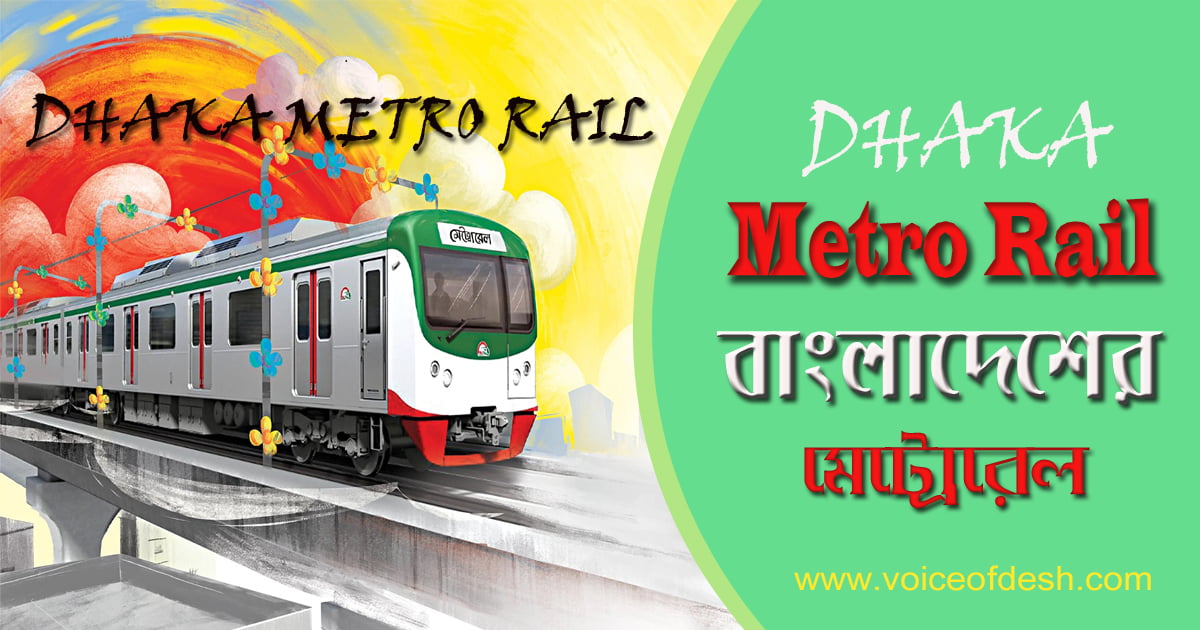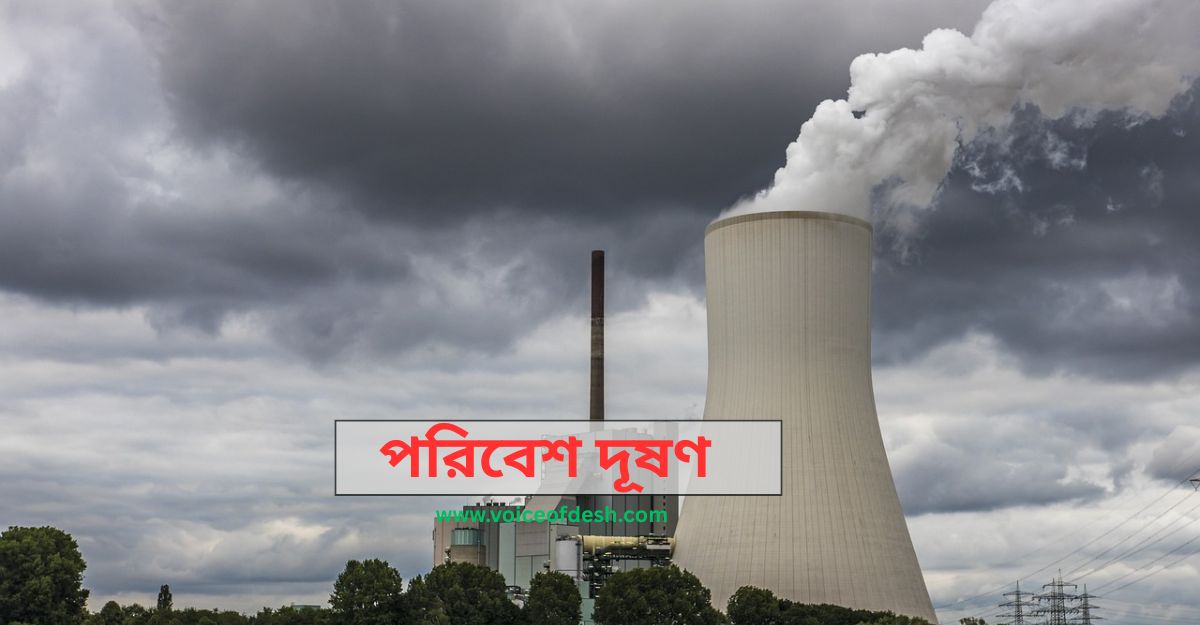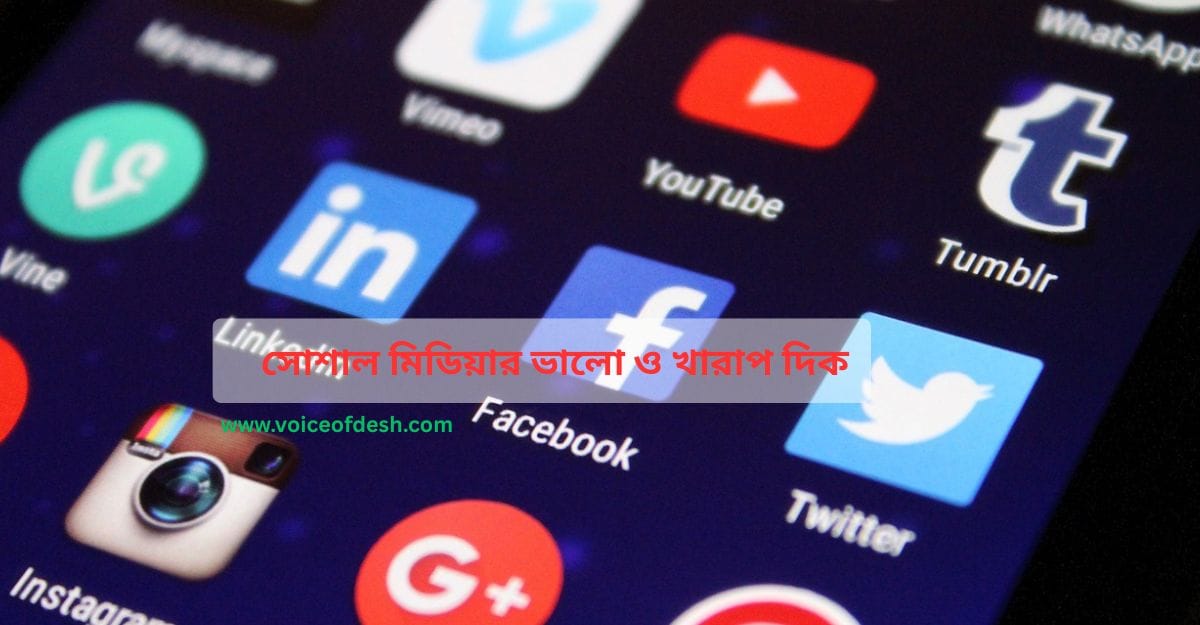Explore the history, construction, and future of Metro Rail in Bangladesh. Learn how MRT lines are shaping Dhaka’s transportation with modern infrastructure and efficiency.
Metro Rail
Metro Rail is a mass rapid transit system that operates in urban area where population is too densely that other modes of transports are ineffective or inconvenient. For easy and efficient transport of large number of people Metro Rail offers very remarkable solution. Metro Rail can operate at grade, in elevated sections or through a tunnel with a dedicated truck powered mainly by electricity. Beside providing sustainable means of transportation, Metro Rail also adds aesthetic value to the urban areas.de1
History of Metro Rail
The first schemer or proponent of Metro Rail system is credited to Charles person, a British lawyer and politician. As a solicitor to London City he proposed to build a railway tunnel in 1830 to reduce a high level of traffic congestion with carts, cabs and omnibuses. By World War I many European cities introduced Metro Rail system powered by electricity. Japan inaugurated Metro Rail in1927 as the first country in Asia. India did so in 24 October 1984 in Calcutta City. In the 21st century, china became the world’s leader by number of rapid transit systems as well as the fastest growth of such systems. At present Metro Rail system is operating in 192 cities of 60 countries worldwide.
Metro Rail in Bangladesh
In prospect of making the country a developed one the present government had initiated the project of constructing Metro Rail system in and around Dhaka City as part of Dhaka’s 20-year-long Strategic Transport Plan. Bangladesh made collaboration with Japan International cooperation Agency (JICA) to study the feasibility of construction a Metro Rail system in 2009-2010. Dhaka Mass Transit Company is the responsible body created by the government to implement government plans. Metro Rail system is planned to contain six lines of which the MRT Line-6 is the first constructed Metro Rail in Bangladesh stretching from Uttara to Kamalapur. A cooperation deal of about US $2.8 billion was made with JICA on 20 February 2013. On 26 June 2016 construction began with the inauguration ceremony presided over by Prime Minister Sheikh Hasina. The Metro Rail currently operates on the Uttara-Motijheel route after second inauguration on 4 November 2023. Under DMTCL total length of Metro Rail line will be 129.901 km (elevated 68.729 km, underground-61.172 km). Government has taken a long term plan to finish the project by year 2030.
| Description of MRT Lines | |||||
| Line | Route | Length(km) | Station | Type | Finishing time |
| MRT-1 | Airport-Kamalapur+ Notun Bazar-purbachal | 31.24 | 21 | Elevated and Underground | 2026 |
| MRT-2 | Gabtoli-ChittagongRoad | 24 | – | Elevated and Underground | 2030 |
| MRT-3 | Kamlapur-Narayanganj | 16 | – | Elevated | 2030 |
| MRT-4 | Hemayetpur-Vatara | 20 | 14 | Elevated and Underground | 2028 |
| MRT-5 | Gabtoli- Dasherkandi | 17.40 | 15 | Elevated and Underground | 2030 |
| MRT-6 | Uttara- kamlapur | 21.26 | 17 | Elevated | 2025 |
Planning and Design: The first step is extensive planning and design, which involves studying the city’s population density, traffic patterns, urban development plans, and potential routes for the metro system. Engineers and urban planners work together to design the layout of the tracks, station locations, and other infrastructure elements.
Construction: Once the plans are finalized and approved, construction begins. This phase involves building the tracks, stations, tunnels (if underground), viaducts (if elevated), and other necessary infrastructure components. Construction typically involves a significant investment of time and resources and may take several years to complete.
Testing and Commissioning: After construction, the system undergoes extensive testing to ensure that all components are functioning correctly and that safety standards are met. Trains are tested on the tracks, signaling systems are checked, and station facilities are inspected. Once testing is complete, the system is commissioned for operation.
Operation and Maintenance: Once operational, the metro rail system requires ongoing maintenance to ensure that it continues to operate safely and efficiently. This includes routine inspections of tracks, trains, signaling systems, and station facilities, as well as regular maintenance and repair work as needed.
Customer Service and Management: Metro rail systems typically have staff members who are responsible for managing day-to-day operations, providing customer service to passengers, and ensuring that the system runs smoothly. This includes managing schedules, addressing passenger concerns, and coordinating with other transportation agencies and local authorities.
Expansion and Upgrades: Over time, metro rail systems may be expanded to serve growing populations or to connect new areas of the city. Additionally, upgrades and improvements may be made to existing infrastructure to enhance safety, efficiency, and passenger comfort.
Planning and Design: The first step is extensive planning and design, which involves studying the city’s population density, traffic patterns, urban development plans, and potential routes for the metro system. Engineers and urban planners work together to design the layout of the tracks, station locations, and other infrastructure elements.
Construction: Once the plans are finalized and approved, construction begins. This phase involves building the tracks, stations, tunnels (if underground), viaducts (if elevated), and other necessary infrastructure components. Construction typically involves a significant investment of time and resources and may take several years to complete.
Testing and Commissioning: After construction, the system undergoes extensive testing to ensure that all components are functioning correctly and that safety standards are met. Trains are tested on the tracks, signaling systems are checked, and station facilities are inspected. Once testing is complete, the system is commissioned for operation.
Operation and Maintenance: Once operational, the metro rail system requires ongoing maintenance to ensure that it continues to operate safely and efficiently. This includes routine inspections of tracks, trains, signaling systems, and station facilities, as well as regular maintenance and repair work as needed.
Customer Service and Management: Metro rail systems typically have staff members who are responsible for managing day-to-day operations, providing customer service to passengers, and ensuring that the system runs smoothly. This includes managing schedules, addressing passenger concerns, and coordinating with other transportation agencies and local authorities.
Expansion and Upgrades: Over time, metro rail systems may be expanded to serve growing populations or to connect new areas of the city. Additionally, upgrades and improvements may be made to existing infrastructure to enhance safety, efficiency, and passenger comfort.
These steps represent a simplified overview of the process involved in operating a metro rail system. Each system may have its own specific procedures and challenges based on factors such as location, funding, and local regulations.
Metro rail typically refers to a rapid transit system that operates in urban areas, providing efficient transportation through underground, elevated, or at-grade railway tracks. These systems are designed to alleviate traffic congestion, reduce pollution, and offer a convenient mode of transport for commuters.
Metro rail systems typically consist of electric trains running on dedicated tracks, with stations strategically located throughout the city. Passengers access the system through these stations, where they can purchase tickets or use electronic fare cards to enter the platforms.
Metro rail systems are common in many major cities around the world, including New York City, London, Tokyo, Paris, and many others. They play a crucial role in urban transportation infrastructure, providing a high-capacity, reliable, and relatively fast mode of transit for millions of people each day.







